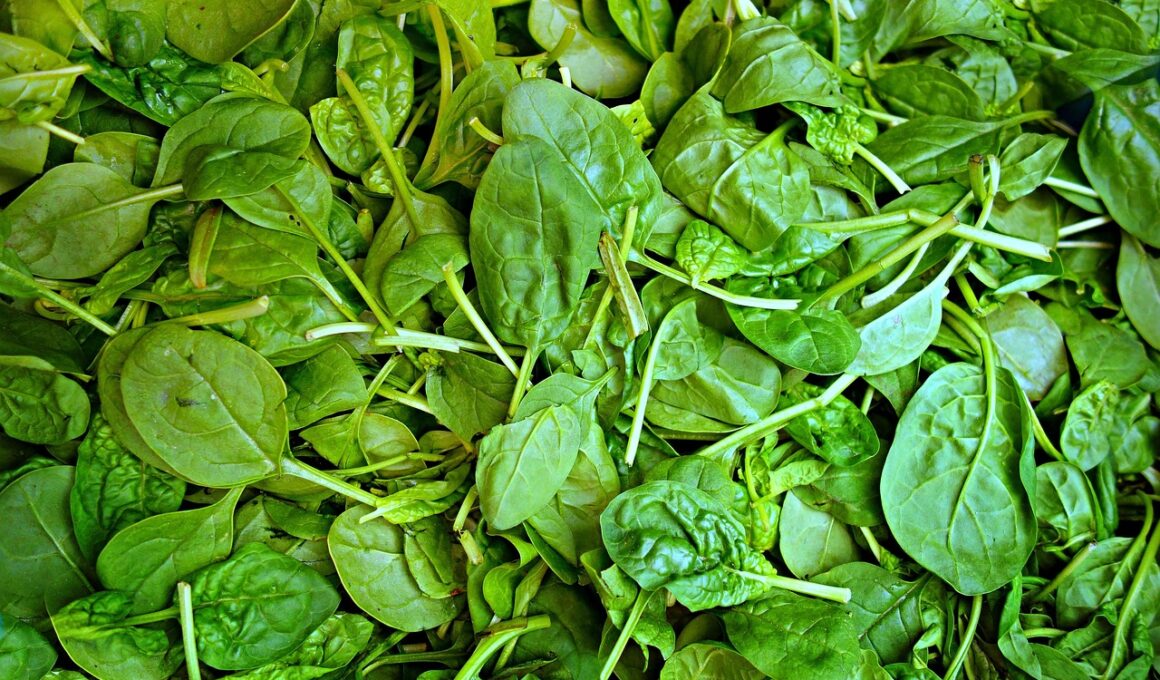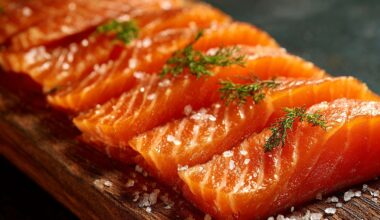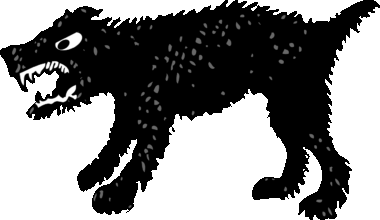Iron’s Impact on Cat Energy and Vitality
Iron is a crucial mineral that significantly influences the health and vitality of cats. It plays a major role in the formation of hemoglobin, which is essential for the transportation of oxygen throughout the body. Without enough iron, a cat’s ability to produce red blood cells can be compromised, leading to anemia. Symptoms of anemia in cats include lethargy, weakness, and a general lack of energy. Adequate iron levels ensure that your feline friend remains active and energetic. The importance of iron in your pet’s diet cannot be understated. It helps in maintaining their overall health and vitality by ensuring that their muscles receive sufficient oxygenated blood. Cats, as obligate carnivores, naturally get iron from animal sources, primarily meat. Incorporating high-quality protein into your cat’s diet can help maintain optimal iron levels. Pet owners should not overlook the significance of trace minerals, such as iron, in a balanced diet for their cats. For a healthy feline life, understanding the role of iron, and how to provide it, is a key component of cat nutrition.
Iron’s role in a cat’s energy levels is profound. The mineral not only supports the formation of hemoglobin but also plays an important role in various metabolic processes. With adequate iron, cats are better equipped to convert nutrients into energy. This energy is necessary for their daily activities, such as playing, hunting, and exploring their surroundings. A lack of energy can lead to behavioral issues, including decreased interest in playtime or slower reflexes. This is why regular monitoring of your cat’s diet is essential. A high-quality cat food that meets their nutritional needs should contain a balanced level of iron. Look for foods that list meat as the first ingredient. It’s also essential to check that the food includes other necessary vitamins and minerals. Regular vet visits are crucial for assessing your cat’s overall health. Blood tests can determine if iron levels are within an acceptable range. If there seem to be issues, your veterinarian may recommend iron supplements or dietary adjustments to promote better health. Always consult your vet before making any changes.
Signs of Iron Deficiency in Cats
Recognizing the signs of iron deficiency in cats is vital for their health. Key symptoms include unusual lethargy, reduced physical activity, and a noticeable change in appetite. Anemia can manifest as pale gums or decreased resilience to diseases. If a cat appears less playful or is reluctant to engage in its usual activities, it could be a sign of underlying iron deficiency. Fur condition may also deteriorate in an iron-deficient cat, leading to dull and unkempt coats. Monitoring your cat’s overall behavior and energy levels is essential. A drop in energy may point to issues beyond just iron deficiency. Regular vet check-ups are invaluable in catching any potential health problems early. Your veterinarian can perform blood tests to check iron levels and overall health. If deficiencies are detected, they may suggest dietary adjustments or additional supplements to restore proper iron levels, which can help rejuvenate your pet. Maintaining optimal iron levels ensures your cat remains vibrant and active. A focus on nutrition can lead to a longer, healthier life for your feline companions.
Feeding your cat a balanced diet rich in iron does not require excessive effort. Begin by choosing high-quality commercial cat foods specifically formulated for feline dietary needs. These foods often have the necessary nutrients and trace elements, including iron, to support your cat’s energy and vitality. Always look for foods labeled as complete and balanced according to AAFCO standards. Additionally, consider providing occasional real meat treats, which are both delicious and nutritious. Ingredients like beef, chicken, and liver are rich in iron and can be beneficial. However, moderation is key, as too many treats can disrupt their balanced diet. Homemade meals can also be a viable option but should be formulated with expert guidance to ensure all nutritional needs are met. Always consult your vet before making any major changes in your cat’s diet. Furthermore, make sure your cat has constant access to fresh water, as hydration plays a crucial role in nutrient absorption. Keeping your feline hydrated will further support their overall health and energy levels, complementing their iron intake effectively.
The Importance of Regular Vet Visits
Regular veterinary check-ups are essential for maintaining your cat’s health and monitoring its iron levels. These visits provide a platform for assessing not just iron but overall nutrient balance. Your vet can conduct blood tests to evaluate your cat’s blood counts and iron levels effectively. Early detection of deficiencies allows for timely intervention, which can enhance your cat’s quality of life. During these visits, discuss any behavioral changes, dietary concerns, or symptoms with your veterinarian. Sharing information about your pet’s habits can provide vital insights on their health. Understanding the nutritional composition of the food you feed will also be beneficial in your discussions with the vet. If any adjustments are needed in their diet, your veterinarian will guide you appropriately. In addition to dietary assessments, regular vet visits can help establish a health baseline against which anomalies can be measured. This ongoing monitoring of your cat’s health contributes to early detection of potential issues. An informed and proactive approach can significantly impact the longevity and vitality of your feline companion.
Educating yourself on cat nutrition, especially concerning iron, allows you to make informed decisions about their dietary needs. Knowledge of what constitutes a balanced diet is crucial for supporting your cat’s energy levels and overall health. Include good sources of iron in their diet, along with other essential vitamins and minerals, to ensure holistic well-being. As a pet owner, being proactive about your cat’s nutrition will yield benefits for their vitality and longevity. Consider tracking dietary intake and energy levels to better understand your cat’s health patterns. Such records can also be useful for vet consultations. Remember the importance of variety in your feline’s diet; rotation of protein sources can offer different nutrients and prevent dietary boredom. Natural foods, along with premium cat food, can offer the right balance of nutrition while supporting energy needs. As you become familiar with iron’s impact on your cat’s health, you can develop strategies to optimize your pet’s nutrition further. Consequently, these changes will foster a more active and healthy lifestyle for your furry family member, enhancing their quality of life over time.
In conclusion, understanding the role of iron in cat nutrition is vital for maintaining energy and vitality. The benefits of an iron-rich diet are numerous, contributing to healthy red blood cell production, energy metabolism, and overall well-being. By recognizing the signs of iron deficiency and acting swiftly, you can ensure your cat thrives. Frequent vet visits coupled with high-quality food will help monitor and adjust your cat’s diet as needed. Moreover, alternating between food options can prevent deficiency while adding essential variety to their meals. Always approach dietary changes with care and professional guidance. Keep your cat’s energy high by providing foods rich in iron and essential nutrients, and don’t forget the importance of hydration. With the right knowledge, you can make informed decisions that will lead to a happier and healthier cat. Ultimately, your pet’s vitality hinges on a balanced diet that includes vital minerals like iron. Investing in your cat’s nutrition today will pay off in years of companionship, health, and joyful moments spent together.


